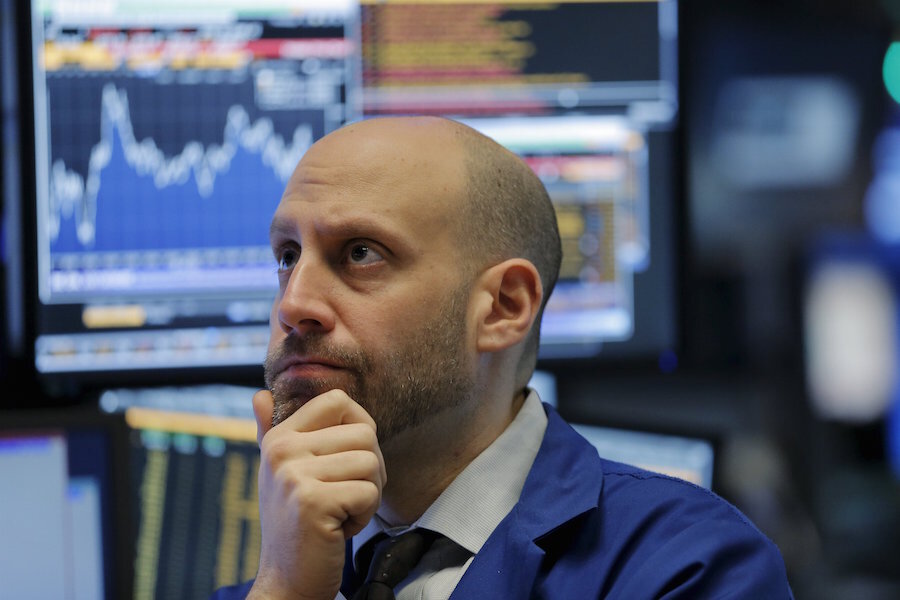Know your risk tolerance
Loading...
In financial theory, risk is equated with volatility. Often this is described mathematically as standard deviation, a measure of how much variation there is in the data. Although the math that illustrates this concept is relatively straightforward, it is not helpful in understanding risk in terms of investor behavior.
When I work with clients, I discuss risk in a much different way. I use simple illustrations to show clients what might happen to their portfolio in a downturn.
To make it even easier to grasp, I talk about real dollars, not percentages. People tend to be comfortable talking about percentages when their portfolio rises, but not when it falls. “We made 5% this quarter,” they’ll say. But when investors see declines in their portfolios they think in dollars: “We lost $50,000 last year.”
Risk simplified
To understand what risk means to you, consider the following exercise. We know that during the 2008-09 financial crisis, the stock market dropped almost 54% from its highest point to its lowest point.
Now consider what would happen in such a drop to a $500,000 portfolio aggressively invested with 75% in U.S. stocks ($375,000) and 25% in bonds ($125,000). For simplicity’s sake, we will assume that the bonds do not experience the same decline and maintain their value throughout this hypothetical crash. With a market drop of 54%, the stock allocation would fall by $202,500. The remaining amount, $172,500, would now make up about 58% of the overall portfolio.
Here’s what our illustration would look like:
Risk tolerance
With a 54% decline in stocks, overall the portfolio fell just over 40%. The total portfolio, including both stocks and bonds, dropped from $500,000 to $297,500. Here’s your risk assessment: Can you stand that? Would you be able to see your portfolio decrease that much and still follow your strategy?
This is where your behavior defines your risk tolerance. You have two issues to deal with:
- Your portfolio has lost significant value on paper. Will you stick to your strategy? If you abandon it, or modify it significantly due to recent performance, you will incur a permanent loss of capital.
- You portfolio has now drifted from your strategy. Maintaining your current investment strategy would require you to sell a portion of your bonds, and buy stocks to bring your balance back to the original split of 75% stocks and 25% bonds. If you cannot imagine buying more stocks in a down market, you will lose the opportunity to buy low.
What it means for your portfolio
If you look at a portfolio simulation like this and decide that you cannot stomach the decline involved, then you need to decrease your reliance on risky assets such as stocks. This in turn will reduce the expected long-term return of your portfolio, so you may end up needing to save significantly more to meet your goals.
Doing a simple risk illustration like this for your own portfolio will help you clarify your tolerance for a portfolio drop. Sit with it for a while. Imagine looking at your brokerage statement and seeing this kind of decrease. How would you feel?
Of course most people will be upset to see their portfolio decline so drastically, but the real risk lies in how you respond to the drop. You should know how you would feel about a portfolio loss before it happens.
This article first appeared at NerdWallet.







